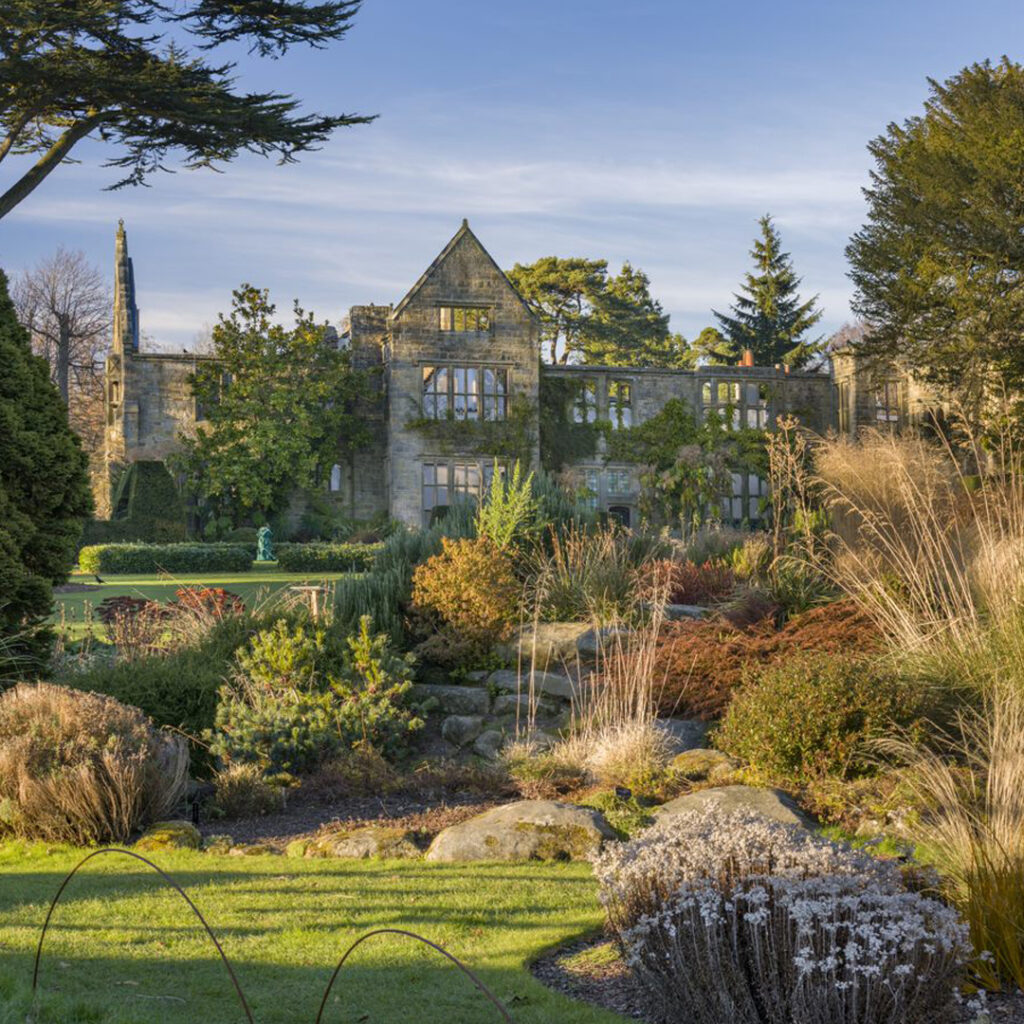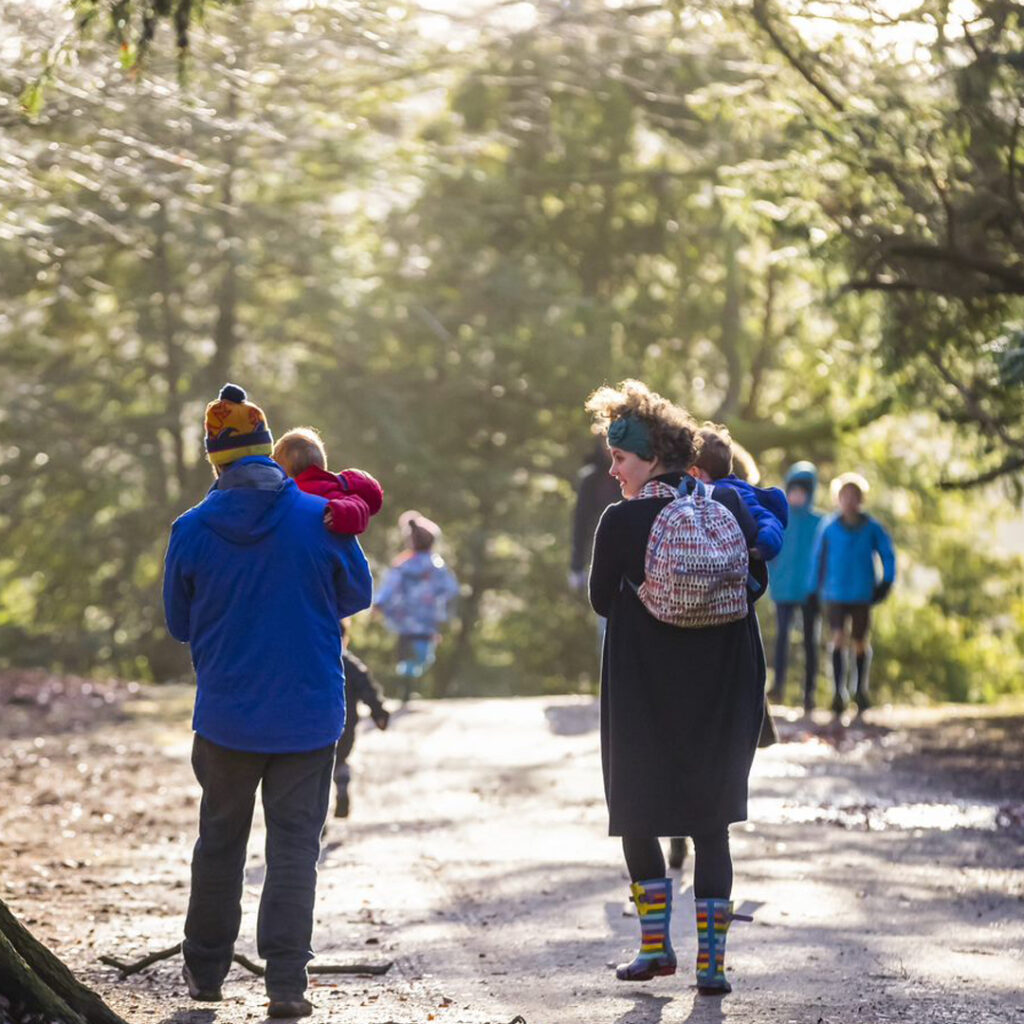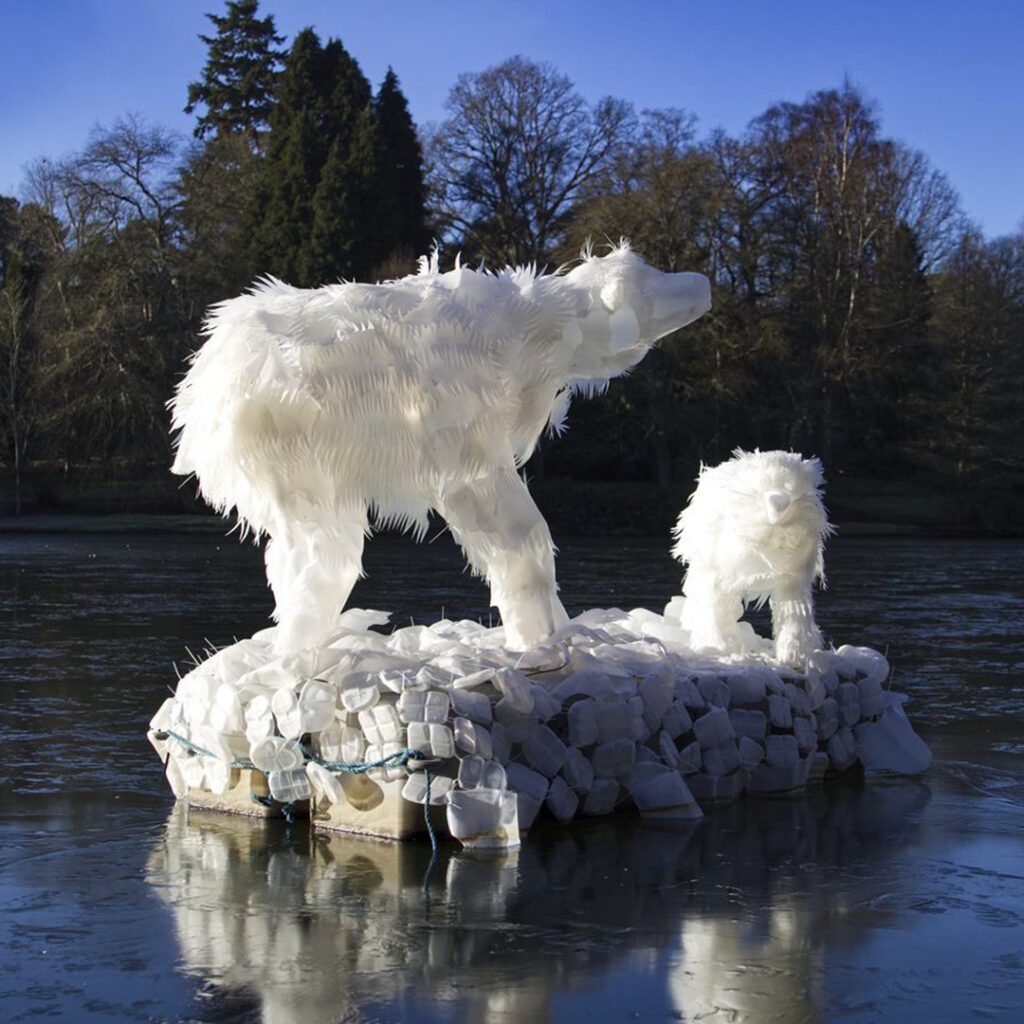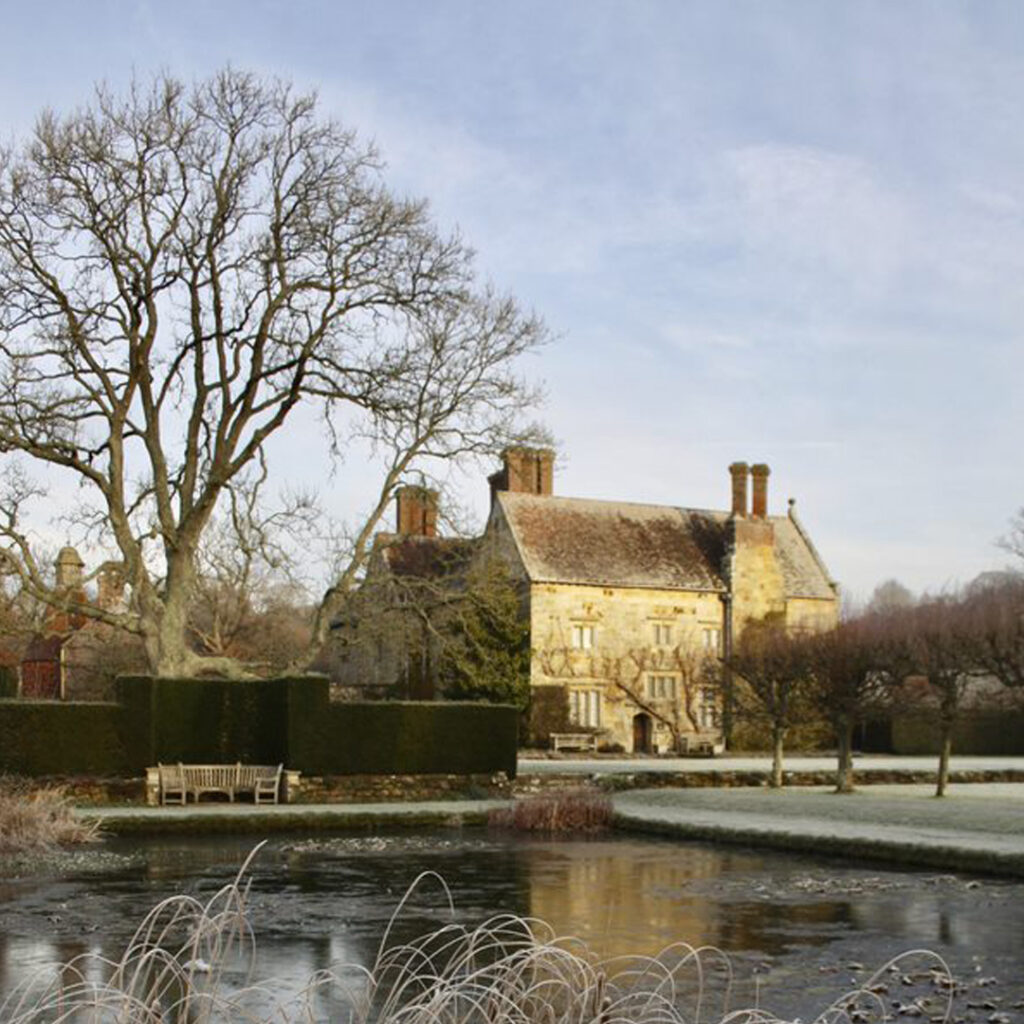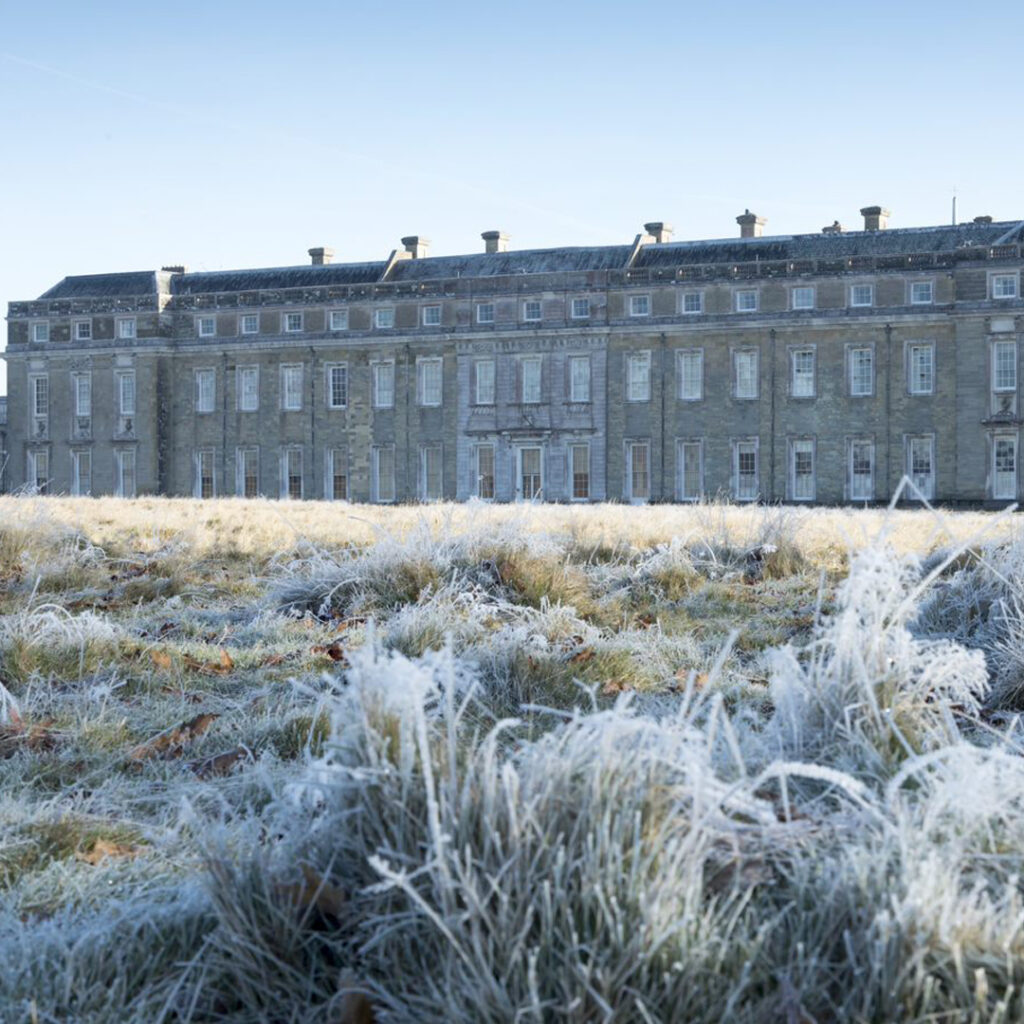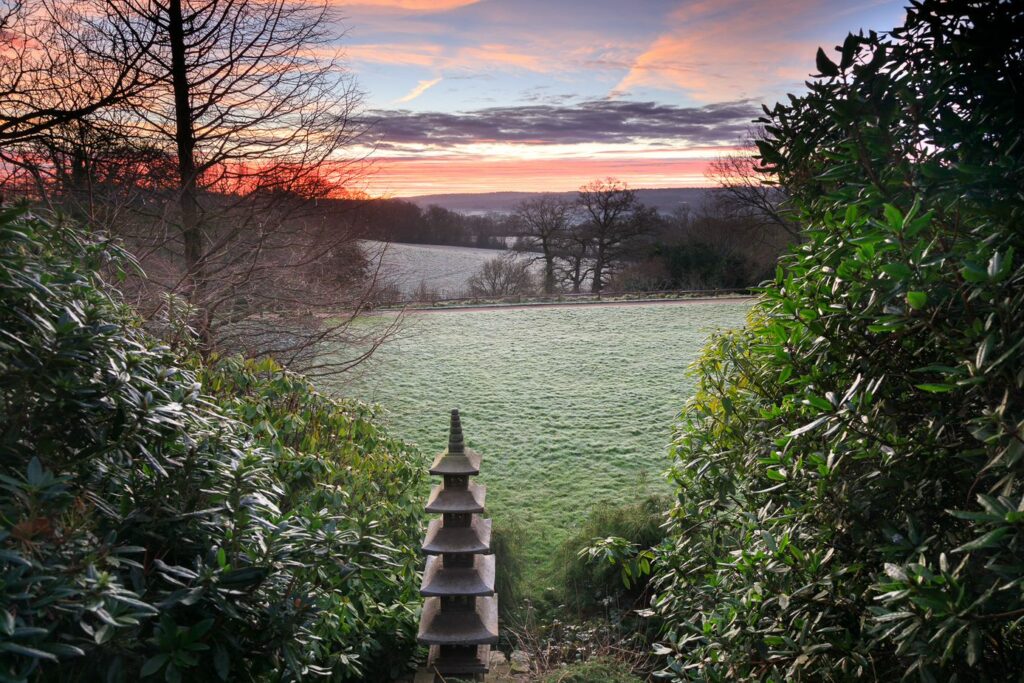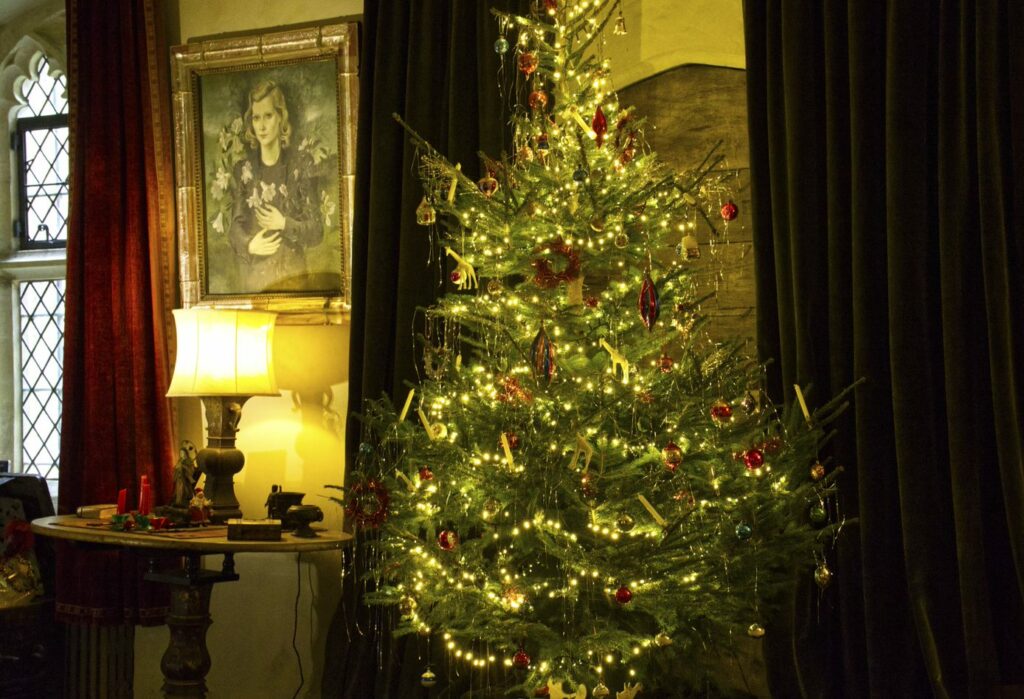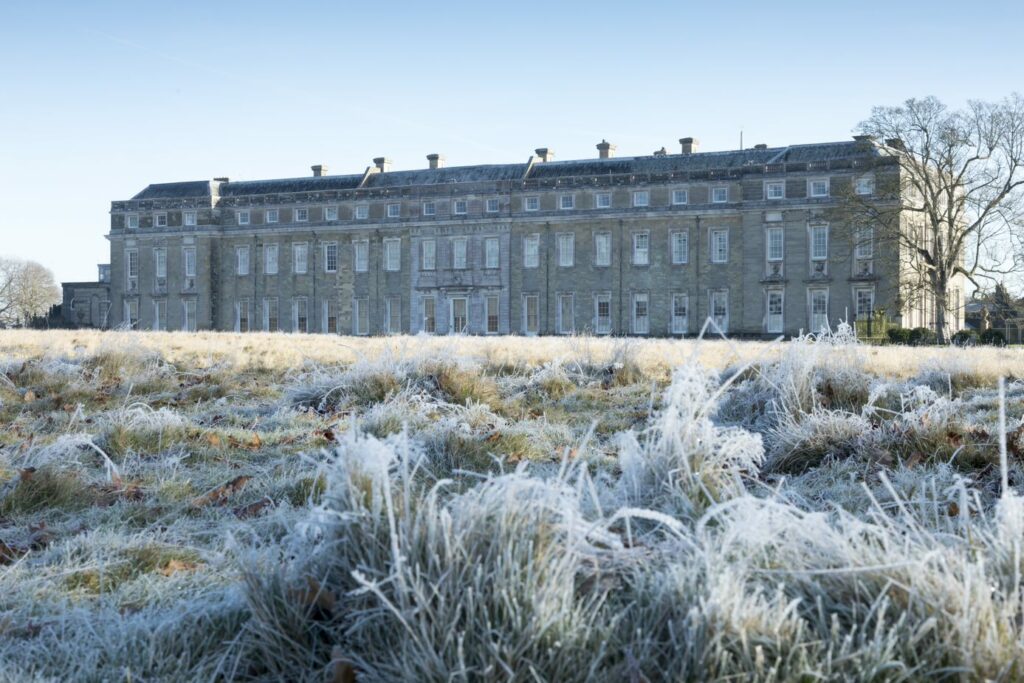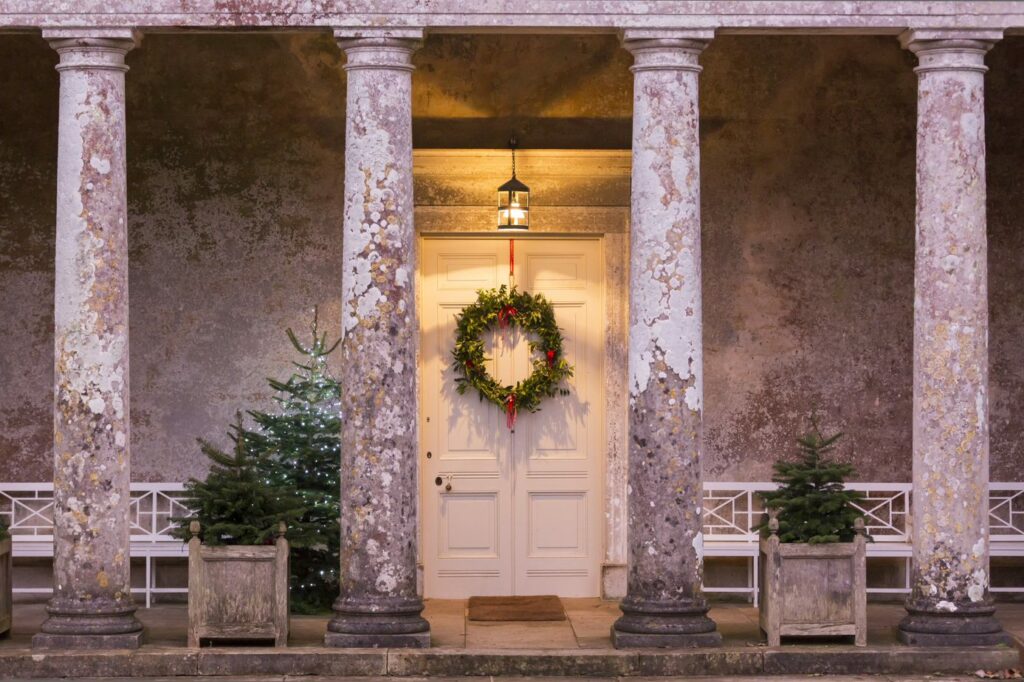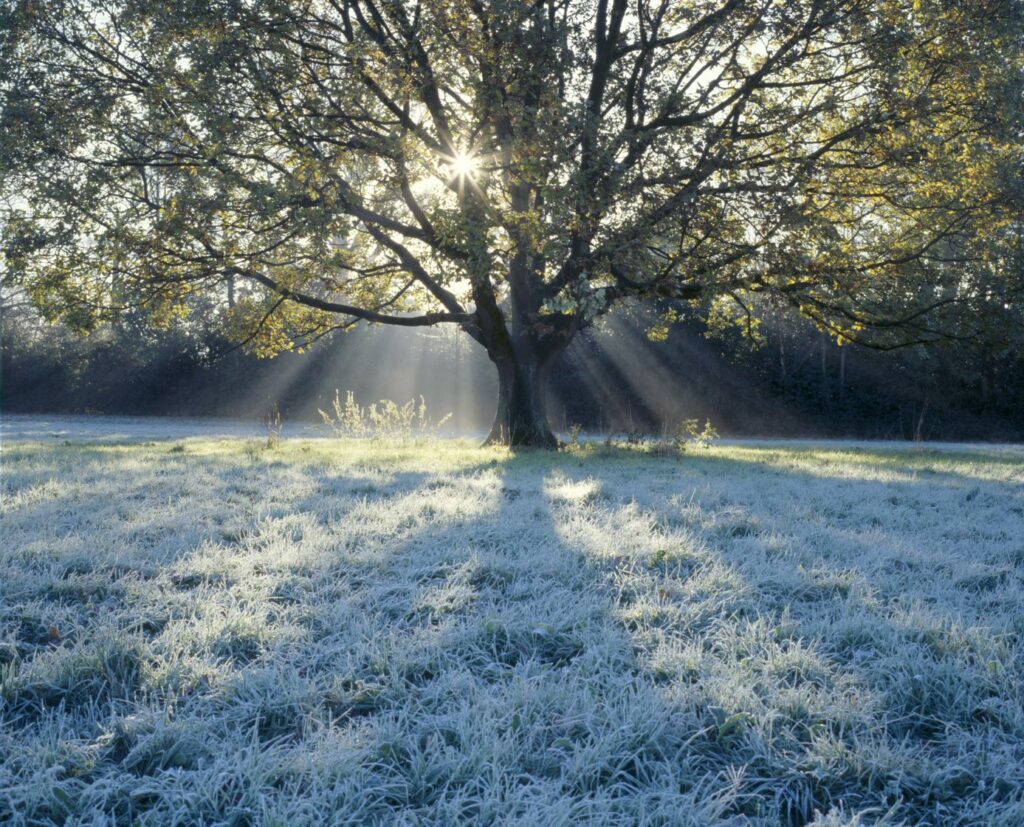Image: National Trust / Mark Wigmore
Here are the best places to see spring flowers at National Trust gardens in Sussex this season. From blossom to bluebells, daffodils to rhododendrons, the signs of spring are sure to raise the spirits.
Everyone’s got a favourite spring flower, one that makes us happy, or brings to mind someone close to us. The hopeful sight of a swathe of purple crocuses or cheerful carpet of delicate bluebells can make our day.
As we emerge from the hibernation of winter, this is the perfect time to meet up with loved ones for a spring pilgrimage to see the bulbs and blooms, followed by a catch-up over a cuppa.
Find out more about the National Trust’s spring gardens near you:
Spring bulbs and magnolias at Nymans
Near Handcross, West Sussex, normal admission applies
The romantic garden at Nymans is dreamy in spring, with the Wall Garden full of blossom and bulbs. Spring starts with the first daffodils, narcissi and fragrant daphnes in March and April, followed by unusual heritage varieties of bulbs, along the recently replanted Edwardian spring border. Look out for the large collection of magnolia trees throughout the garden, which are spectacular at Nymans. These are followed by bold, colourful azaleas and rhododendrons, which come into their own as spring warms up in April and May.
Views out across the Weald are beautifully clear at this time of year and you can spot wildflowers along the pathways in the woodland, which is a Site of Special Scientific Interest (SSSI).
Joe Whelan, Head Gardener at Nymans gives these gardening tips: “Early spring is a good time to plant trees, before the ground starts to heat up too much, it will give them a chance to get established. A lot of tender annuals can be sown indoors, or on a windowsill, in February and March. Keep on top of the early spring weeds, it will save you time later in the year.”
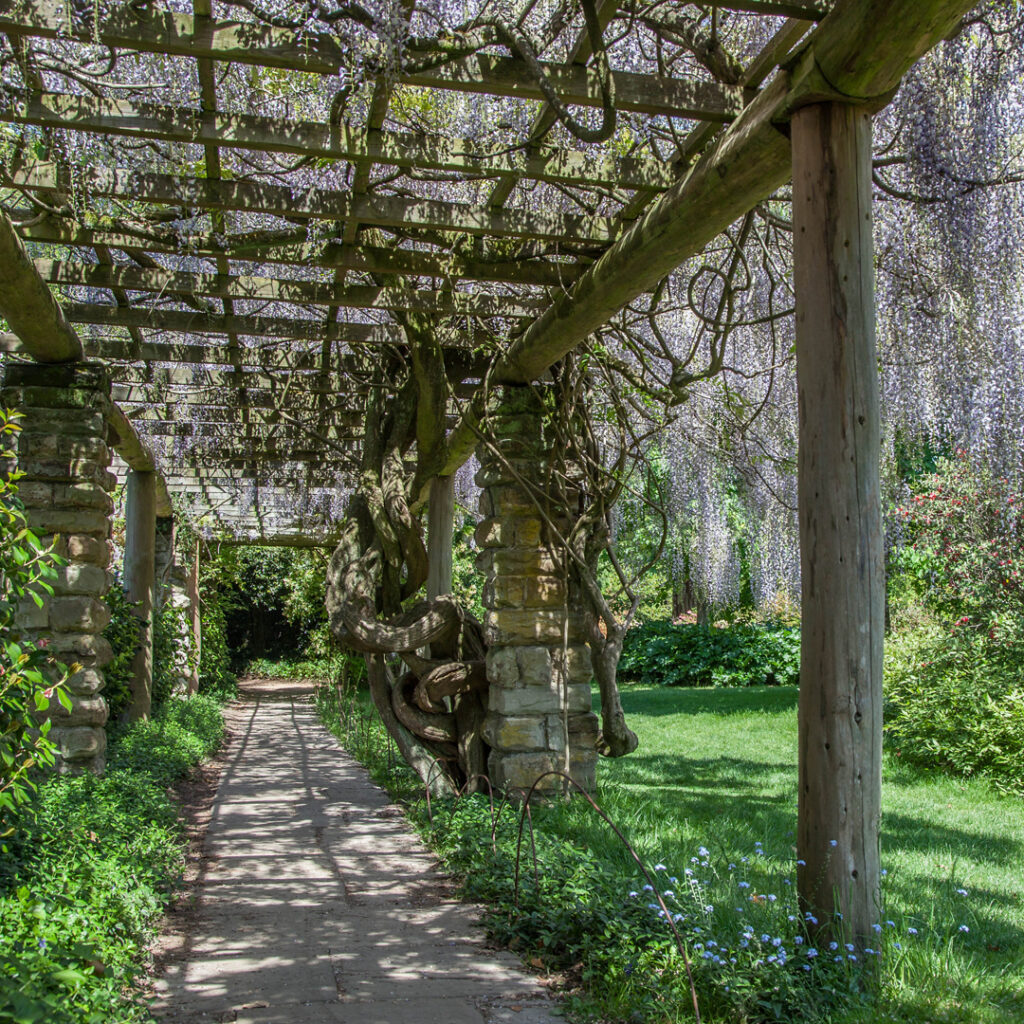
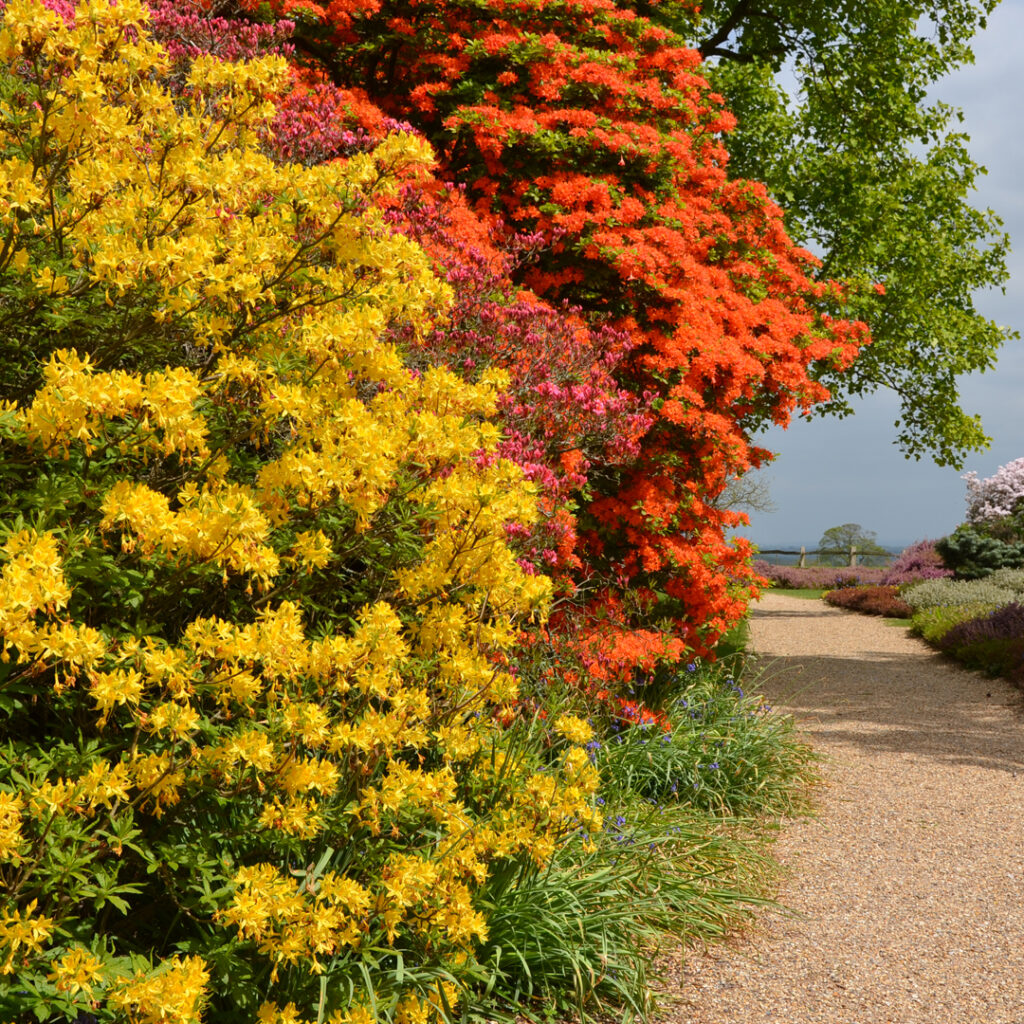
Rhododendrons and blossom at Sheffield Park and Garden
Near Uckfield, East Sussex, normal admission applies
With shimmering sweeps of lakes, woodlands glowing with bluebells, bustling rhododendrons and a vast parkland you can lose yourself in, Sheffield Park is the perfect spot to energise and feel the excitement of nature awakening. Bring family and friends, or just treat yourself, as you dive into a blossom-filled Sheffield Park and find your sense of wellbeing within nature.
Each year the gardeners at Sheffield Park plant new trees, to ensure the beauty of the garden for years to come. This year they are focusing on planting blossoming trees such as ornamental cherry, crab apple and magnolia in the newly reopened stream Garden, café border and throughout the formal gardens. Look out too for early-flowering blackthorn and hawthorn blossom, which are so crucial to native insects and wildlife at this time of year.
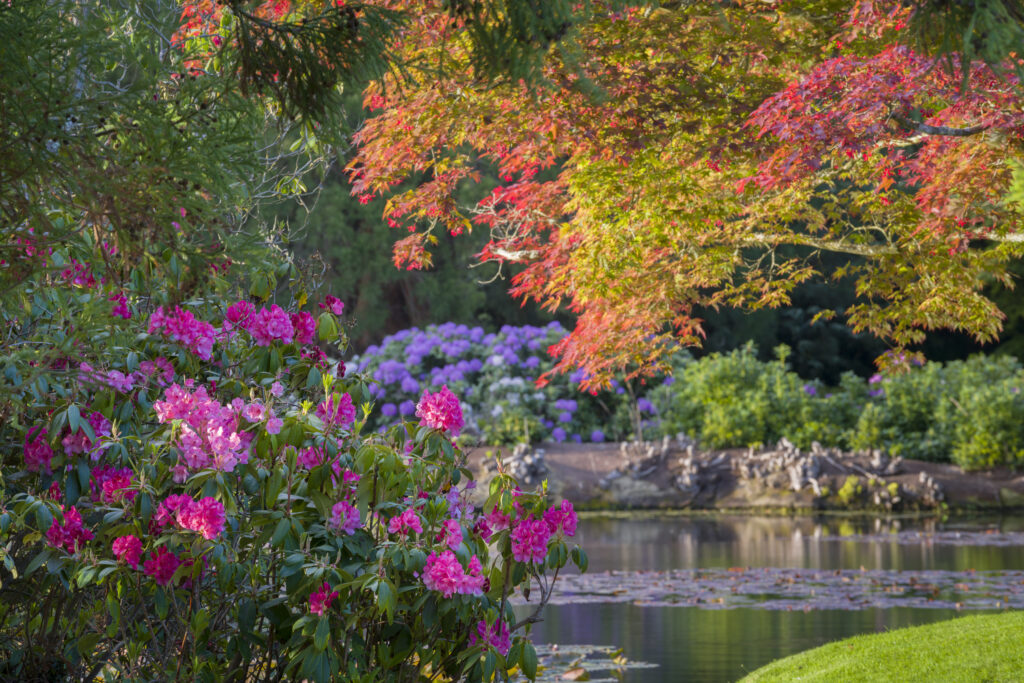
Apple blossom and spring bulbs at Standen
Near East Grinstead, West Sussex, normal admission applies
Standen comes to life in springtime, with banks of daffodils and fritillaries around the garden and tulips on the house terrace. The bluebells in Rockinghill Wood are spectacular in late April. Rhododendrons from Mrs Beale’s original collection can be seen around the garden from mid May. While in late spring, wisteria clothes the wall by the lavender lawn with fragrant purple blooms. The garden team at Standen recently replanted the cafe borders with over a thousand alliums and a narcissus called Goose Green.
James Masters, Head Gardener, describes his favourite spots to see blossom at Standen: “The Orchard is beautiful in the mornings with the sun behind, the beehives dotted throughout and daffodils underneath. We have apple, pear, cherry, quince and medlar blossom at Standen – in the orchard, around Goose Green and the kitchen garden. Pear blossom is normally first out in mid-March, with pink apple blossom coming through in April. Most of our fruit trees are local varieties. The large espalier apples in the lower Kitchen Garden were planted in 1893 and are still producing fruit. They are some of the most impressive trees we have in the Garden. The best places for photographs include the medlar, which is a lovely small tree on the Green and the first tree you see at the property: it has rocks around it which are great for group shots, perched in front of the blossom.”
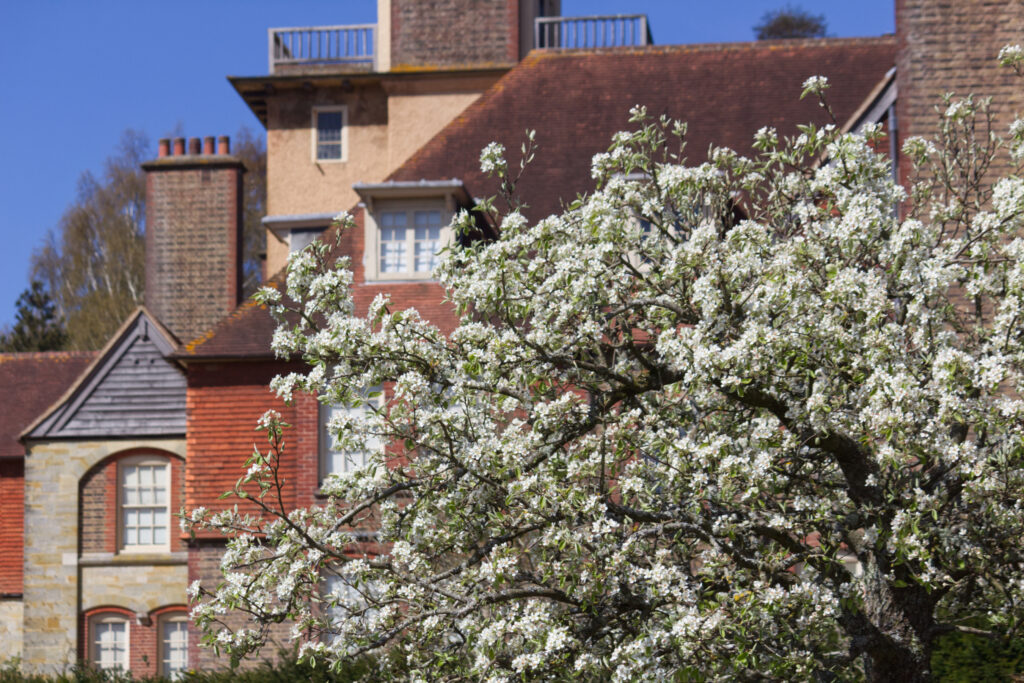
Tulips at Bateman’s
Burwash, East Sussex, normal admission applies
In the walled Mulberry Garden, at the home of Rudyard Kipling, an array of early flowering tulips in ruby red, bronze, orange and purple are planted in drifts with complementary wallflowers. Visit in mid to late April to enjoy a visual feast of spring colour and delight in the blooms from around 4,000 bulbs – including fourteen different tulip varieties. Watch them open in the sun and follow the sun’s path throughout the day. The fragrant, colourful wallflowers and provide forage for early bumblebees such as the common carder.
Spring in the pleasure garden at Petworth House
Petworth, West Sussex, normal admission applies
The pleasure garden was designed by ‘Capability’ Brown in the late 18th century. Today it is one of Petworth’s best kept secrets and well worth exploring. The serpentine paths, stone follies and spring blossom make this a beautiful place to walk. Crab apple and cherry blossom is interspersed with bluebells, rhododendrons and azaleas.
A great place for a spring photo at Petworth is the Ionic Rotunda, which was constructed in 1766 and is reminiscent of the Temple of Vesta at Trivoli, Italy. The ground leading to it is filled with daffodils in early spring – and then bluebells. You can also see these flowers in the formal beds near the mansion, along with primroses and cyclamen in the garden.
Daffodils at Uppark
Near Petersfield, West Sussex, normal admission applies
Hundreds of fragrant white narcissus ‘Thalia’, and creamy white and yellow frilled variety ‘Ice Follies’ greet you just outside the main gates to these landscaped gardens. Delicate pale yellow dwarf narcissus ‘W.P Milner’ lines the driveway to the mansion house – a favourite spring display with visitors.
Keep an eye out for pale blue spring starflower and a mix of irises in the border next to the café. In the formal garden, a magnificent magnolia tree produces large waxy pink petals and perennial honesty provides a profusion of scented, lilac-white flowers that bees and butterflies love.
In late spring, Uppark’s small wildflower meadow begins its changing displays, as the long grasses are gradually dotted with yellow rattle, crown imperials and fragile orchids. On a warm spring day this is a lovely space to wander into and sit for a while, surrounded by the gentle yum of wildlife.
Garden rooms at Woolbeding Gardens
Near Midhurst, West Sussex, entry by prebooked tickets, travel by minibus from Midhurst, admission applies
Woolbeding Gardens delights at every turn with its distinctive garden rooms set against thoughtfully composed borders – look out for primulas, geraniums and other early flowering perennials. Apples trained to climb the historic walls of the herb garden reveal displays of blossom set around a central sundial and English thyme beds. In the Ruined Abbey, cherry trees show their white and pink blossom, which create a carpet of petal confetti on the grass below, in the spring breeze.
Cottage garden at Alfriston Clergy House
Alfriston, East Sussex, entry by prebooked tickets, admission applies
The cottage garden at Alfriston Clergy House is a lovely place to find inspiration on a domestic scale. The orchard is planted with rare varieties of apples such as Lady Sudeley, Crawley beauty, Monarch and the local Alfriston apple.
Blossom and bulbs at Monk’s House
Rodmell, Sussex, entry by prebooked tickets, admission applies
A beautiful English country garden designed by Leonard Woolf with incredible views of the Sussex Downs. Virginia Woolf was greatly influenced by the garden and her short story ‘The Orchard’ was inspired by the garden at Monk’s House. In spring the garden is bursting with buds and flowers, including tulips, daffodils, hellebores and magnolias. While the orchard is a flurry of apple and pear blossom.








